How Bangladesh’s Eid Culture Is Utilized in Leather Products
The leather industry in Bangladesh is deeply rooted in culture, sustainability, and tradition, especially during the country’s two major Islamic festivals, Eid-ul-Fitr and Eid-ul-Azha. These religious events not only symbolize spiritual devotion and celebration but also contribute significantly to the leather value chain. The annual surge in rawhide collection during Eid-ul-Azha, in particular, plays a pivotal role in sustaining the country’s thriving leather goods industry.
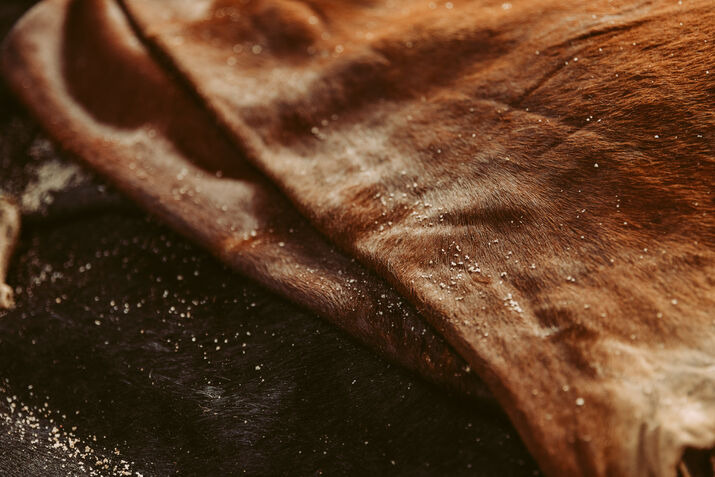
Table of contents
- ▶︎1. Bangladesh’s Leather Legacy: A Cultural & Economic Backbone
- 1.1 Historical Background of Leather in Bangladesh
- 1.2 Leather Industry Growth Linked to Cultural Events
- 1.3 Government Initiatives & Modernization
- 1.4 A Hub for Sustainable Leather
- ▶︎2. Eid Festivals and Leather Collection in Bangladesh
- 2.1 What Is Eid-ul-Fitr and Eid-ul-Azha?
- 2.2 Eid-ul-Azha: The Largest Source of Rawhide
- 2.3 Eid-ul-Fitr: Meat-Centric, Less Leather
- 2.4 Sustainable Meat & Leather Consumption
- 2.5 Community-Based Collection Systems
- ▶︎3. Livestock in Bangladesh: Breeds & Leather Quality
- 3.1 Indigenous and Hybrid Breeds
- 3.2 Breeding for Better Leather
- 3.3 Livestock Consumption Trends
- 3.4 Meat vs. Leather: Dual-Use Value Chain
- ▶︎4. The Leather Value Chain: From Eid to Export
- 4.1 Hide Preservation & Transportation
- 4.2 Tannery Clusters & Processing
- 4.3 Variety of Leather Produced
- 4.4 Leather Exports and Domestic Use
- ▶︎5. Leather Goods Industry: Products & Trends
- 5.1 Types of Leather Goods
- 5.2 Customization & OEM Growth
- 5.3 Modern Trends: Sustainable & Ethical Leather
- 5.4 Tech Integration in Leather
- ▶︎6. The Future of Leather Collection & Innovation in Bangladesh
- 6.1 Scaling Up Post-Eid Leather Utilization
- 6.2 Green Tanning & Certifications
- 6.3 Leather Industry as an Export Leader
- 6.4 Ethical Sourcing & Social Impact
- ▶︎7.Summary
- 1.2 Leather Industry Growth Linked to Cultural Events
1.1 Historical Background of Leather in Bangladesh
Leather craftsmanship in Bangladesh dates back centuries, evolving from rural tanning practices to a multi-billion-dollar export industry. The country is now recognized globally for its affordable, skilled labor and quality raw materials.
1.2 Leather Industry Growth Linked to Cultural Events
Religious festivals, especially Eid-ul-Azha, contribute up to 50-60% of the country’s annual rawhide collection. This cultural phenomenon is intricately tied to leather production cycles.
1.3 Government Initiatives & Modernization
Initiatives like the Leather Industrial Estate in Savar aim to centralize and modernize production, ensuring eco-friendly processing while capitalizing on seasonal leather availability.
1.4 A Hub for Sustainable Leather
Bangladesh is transitioning toward environmentally compliant tanning processes, including chrome-free tanning and waste treatment systems, supported by international buyers and sustainable trade policies.
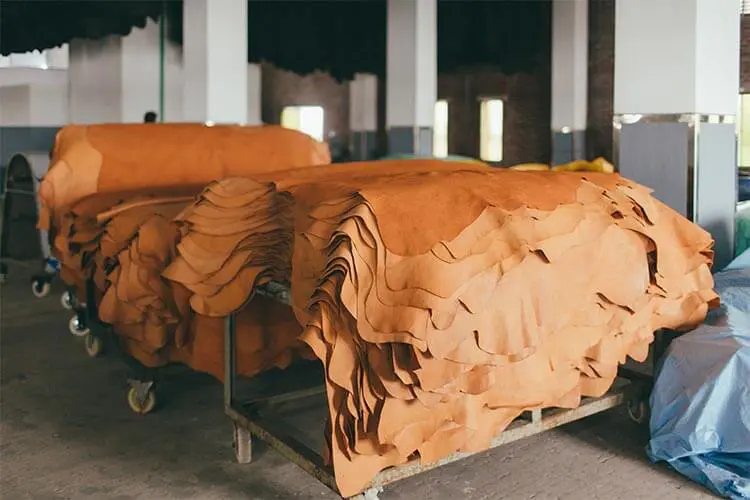
2.1 What Is Eid-ul-Fitr and Eid-ul-Azha?
Eid-ul-Fitr and Eid-ul-Azha are two major Islamic festivals celebrated by Muslims worldwide. Eid-ul-Fitr marks the end of Ramadan, the month of fasting, and is a celebration of spiritual renewal, charity, and community.
Eid-ul-Azha, also known as the Festival of Sacrifice, honors the willingness of Prophet Ibrahim (Abraham) to sacrifice his son in obedience to God. This day involves the ritual slaughter of livestock, and the meat is distributed among family, friends, and the less fortunate. Both festivals hold deep cultural, religious, and economic significance, especially in countries like Bangladesh, where Eid traditions are closely tied to leather collection and production.
2.2 Eid-ul-Azha: The Largest Source of Rawhide
During Eid-ul-Azha, Muslims sacrifice animals as part of religious duty. In 2024, over: 10.2 million animals were sacrificed:
• 4.7M cows
• 4.2M goats
• 1.1M buffaloes and sheep
This single event contributes the majority of Bangladesh’s annual leather supply. Total annual rawhide collected, Around 20–22 million pieces.
2.3 Eid-ul-Fitr: Meat-Centric, Less Leather
While Eid-ul-Fitr is primarily a time of celebration and feasting, it also results in a notable amount of leather collection. Additionally, this festive season often increases the demand for leather goods such as shoes, bags, and wallets, as people purchase new items to celebrate the occasion.
2.4 Sustainable Meat & Leather Consumption
Eid-ul-Azha is an eco-conscious event. Every part of the sacrificed animal is used: meat is distributed among families and the poor, while the hide supports the leather industry. This aligns with a zero-waste model.
2.5 Community-Based Collection Systems
Rawhides are primarily collected by local mosques, madrasas, community traders, and seasonal vendors. These hides are carefully preserved through salting and then supplied to tanneries, forming an effective and well-organized grassroots supply chain.
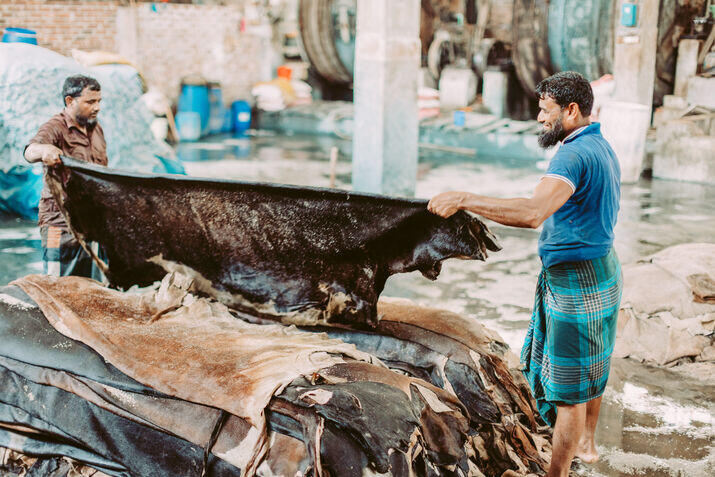
3.1 Indigenous and Hybrid Breeds
Bangladesh is home to:
• Deshi cows: Known for soft, high-quality leather.
• Black Bengal goats: Producing strong, durable skins.
• Buffaloes: Offering thick hides ideal for soles & saddles.
• Garole sheep: Sought after for lightweight leather goods.
3.2 Breeding for Better Leather
Modern livestock breeding and veterinary improvements have enhanced leather texture, thickness, and grain uniformity, ideal for luxury goods.
3.3 Livestock Consumption Trends
Yearly meat consumption:
• Beef: ~2.5 million tons
• Goat & sheep: ~1 million tons
• Poultry: ~2.3 million tons
This shows sustained demand and animal availability, supporting leather raw material flow.
3.4 Meat vs. Leather: Dual-Use Value Chain
Bangladesh’s leather industry is built on a by-product model, leather is not the primary reason for slaughter, making it naturally sustainable and ethical.
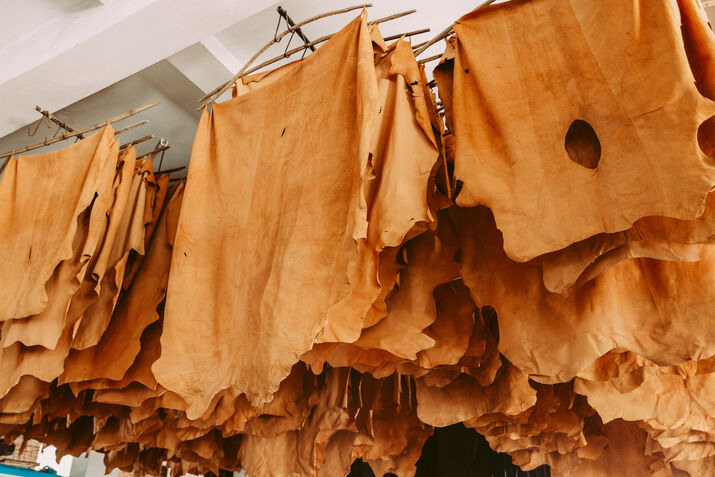
>>> For more information on about leather Click here.
4.1 Hide Preservation & Transportation
Post-Eid, hides are salted and transported to tanneries. Proper preservation within 12 hours of slaughter is crucial to maintain quality.
4.2 Tannery Clusters & Processing
Most tanneries are now located in Savar, following environmental compliance regulations. Processing includes soaking, liming, tanning, dyeing, and finishing.
4.3 Variety of Leather Produced
- Full-grain leather for luxury bags
- Corrected grain leather for wallets and belts
- Split leather for shoes and accessories
4.4 Leather Exports and Domestic Use
Bangladesh exports to over 90 countries, including Japan, Italy, Germany, and the US, while domestic brands benefit from high-quality local leather for retail goods.
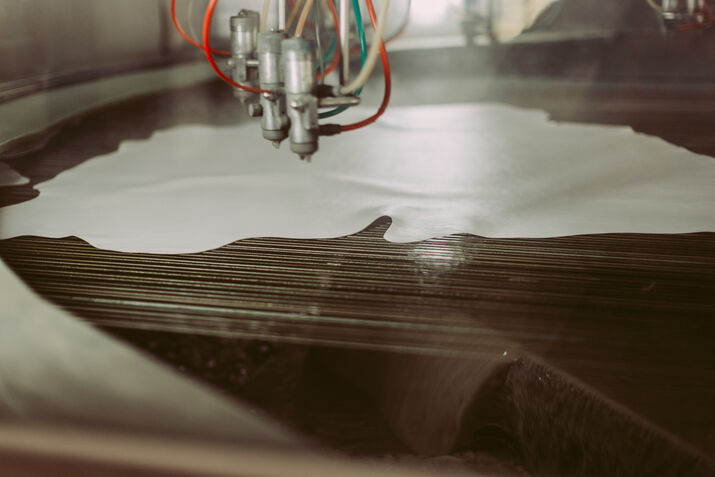
5.1 Types of Leather Goods
• Bags, wallets, belts
• Footwear
• Jackets and fashion accessories
• Furniture upholstery and car interiors
5.2 Customization & OEM Growth
OEM factories now offer bespoke production for international brands. Small-batch orders are increasingly popular for testing new designs or limited collections.
5.3 Modern Trends: Sustainable & Ethical Leather
• Vegan alternatives for niche markets
• Chrome-free tanning
• Vegetable-dyed leather
• Recycled leather goods
5.4 Tech Integration in Leather
AI-driven design, digital pattern making, and automated cutting are transforming traditional leather manufacturing into a smart factory ecosystem.
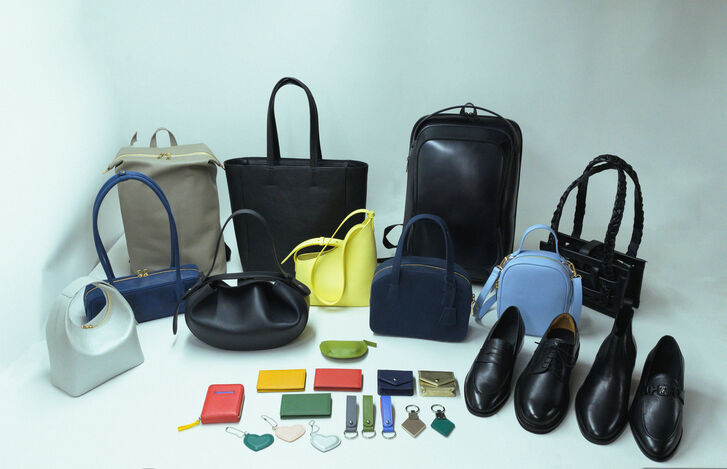
6.1 Scaling Up Post-Eid Leather Utilization
Investments in cold storage, mobile salting units, and rural awareness can reduce hide spoilage and increase leather usability by 15-20% annually.
6.2 Green Tanning & Certifications
Certifications like LWG (Leather Working Group) and ISO standards are pushing manufacturers to adopt cleaner processes and access global buyers.
6.3 Leather Industry as an Export Leader
Leather and leather goods are targeted to reach $5 billion in exports by 2030, supported by innovation, compliance, and Eid-based rawhide influx.
6.4 Ethical Sourcing & Social Impact
By hiring marginalized communities and promoting ethical sourcing, companies like BLJ Bangladesh Corporation Ltd. show how the leather sector can be a force for social good.
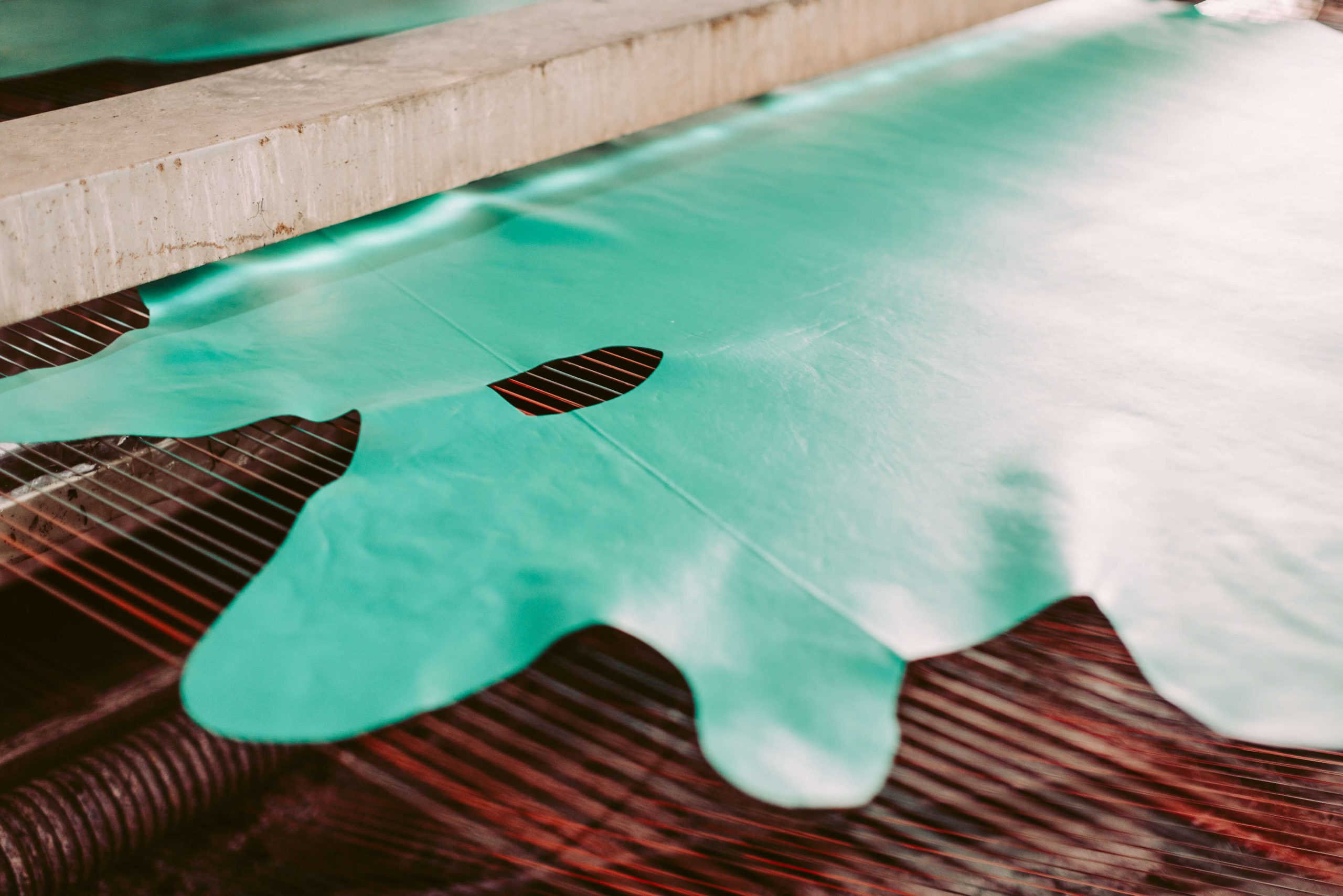
Eid in Bangladesh is more than a religious celebration, it’s an economic engine that powers the leather industry in sustainable, socially responsible ways. From meat to leather, every step is tied to tradition, resourcefulness, and innovation. As the world looks for sustainable alternatives and ethically sourced materials, Bangladesh stands as a shining example of how cultural practices can support modern, eco-friendly industrial growth.
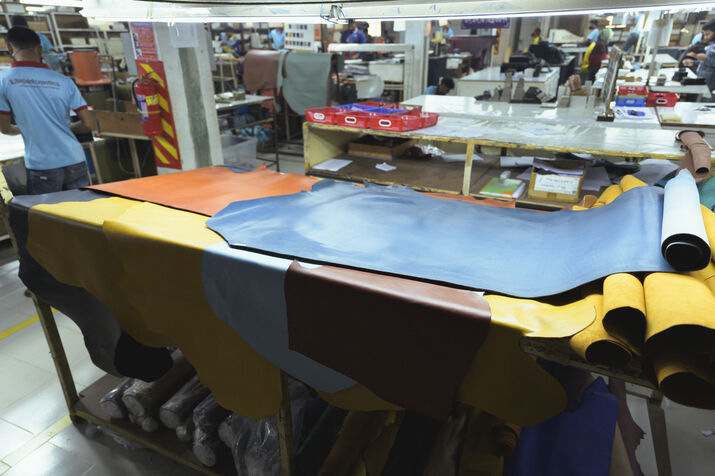
BLJ Bangladesh Leather Goods & Footwear Manufacturer We operate our own factory in Bangladesh, committed to using eco-friendly materials and supporting fair trade practices. As a specialized OEM manufacturer of Leather Bags, Wallets, Leather Shoes, Sneakers & more, we are pleased to offer production services starting from a minimum order of just 100 pcs & pairs. >>> Click leather goods page~
Quality vs. Quantity: Why Handmade Leather Goods manufacturing are Worth the Investment
Leather Goods for Every Budget: Finding the Perfect Price Point for You
Sustainability in Leather Goods Manufacturing: How we’re reducing Our Environmental Impact
Crafting Excellence: Where Japanese Artistry Meets Leather Goods Mastery
Healthy, Happy and Heard: How We Care for Our Factory Workforce
Voices of Experience


You dream it, we craft it. Let’s make something one-of-a-kind.
Contact us




